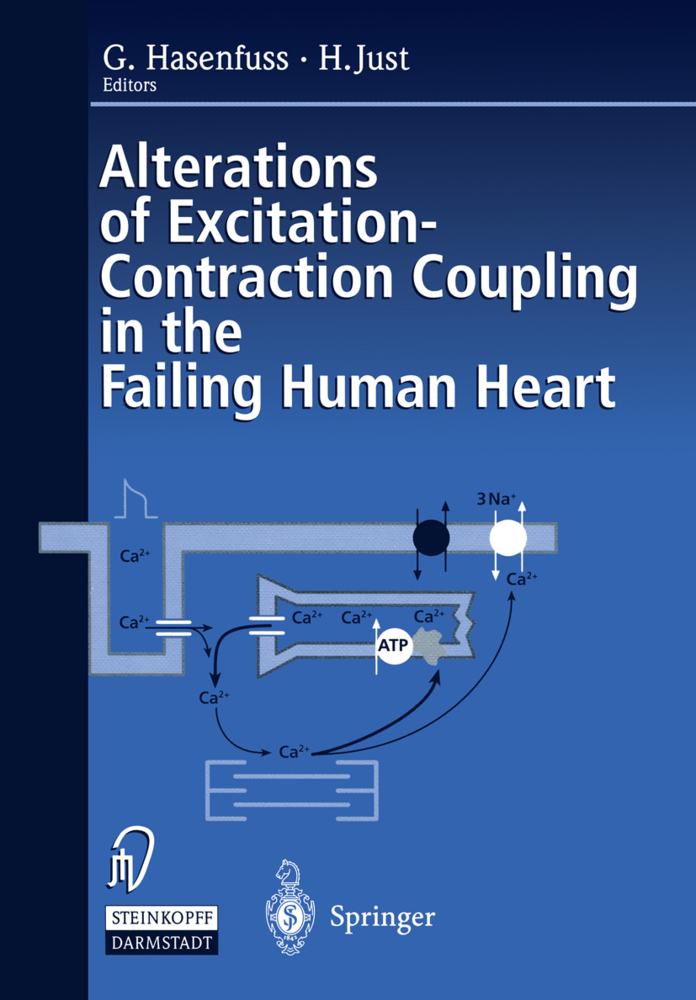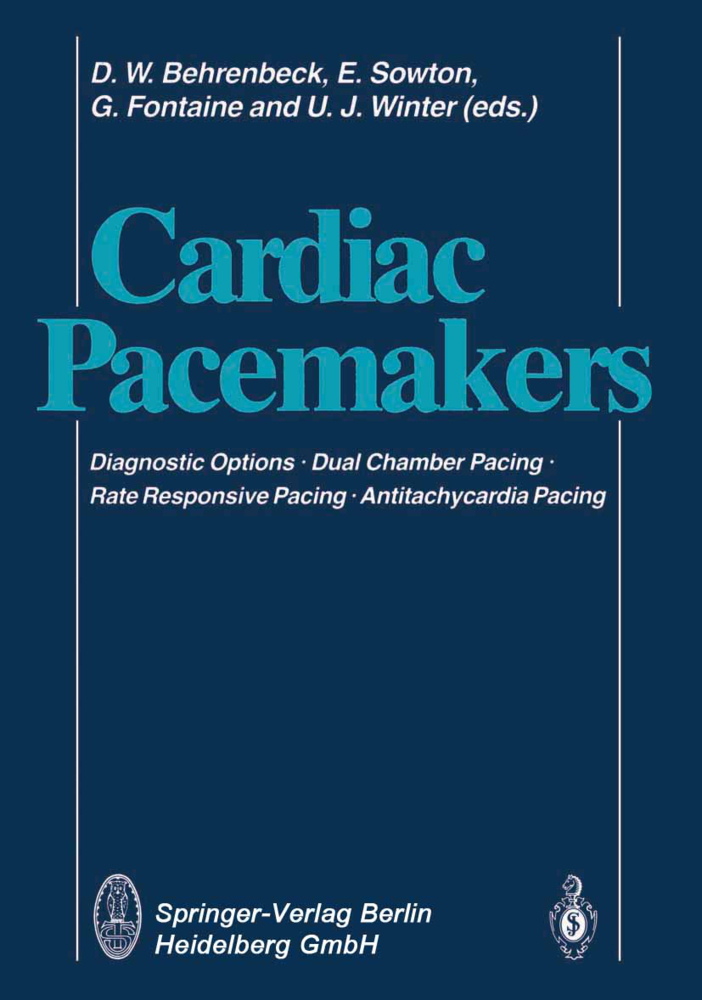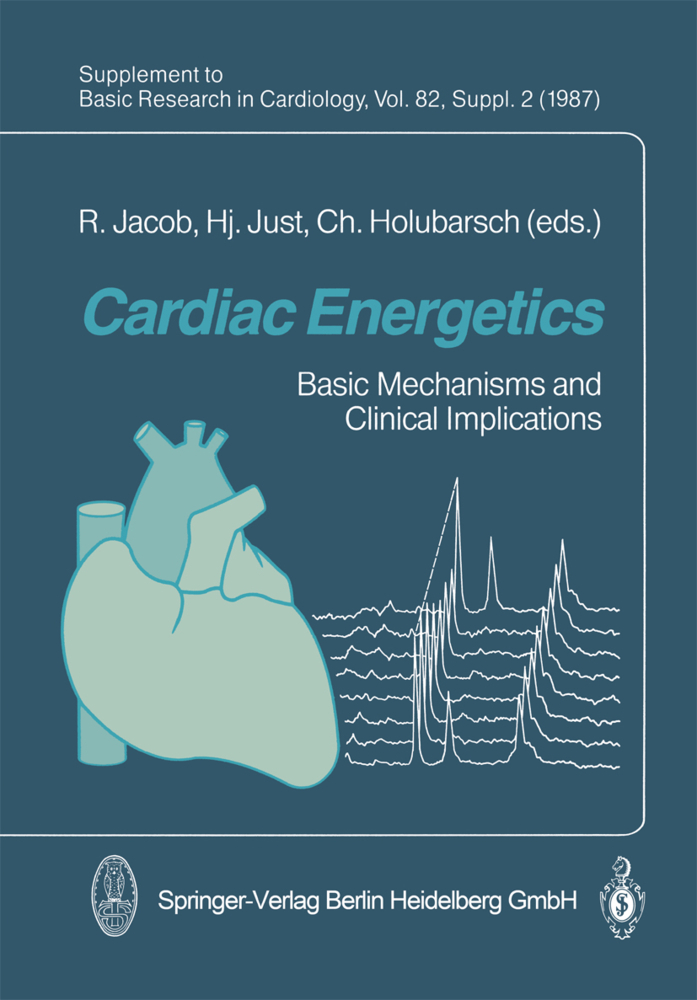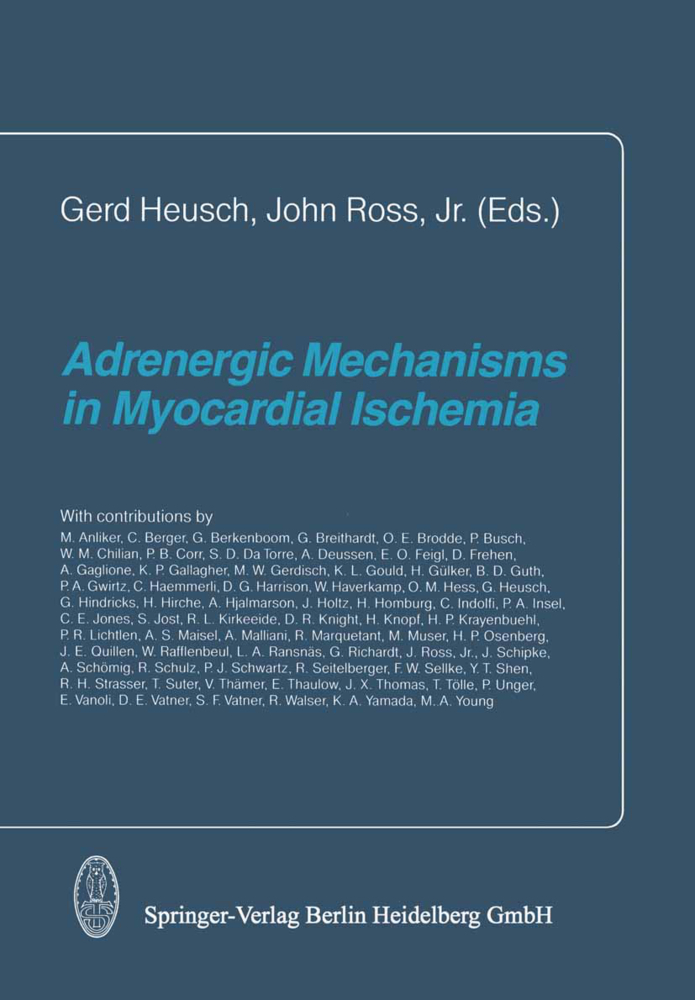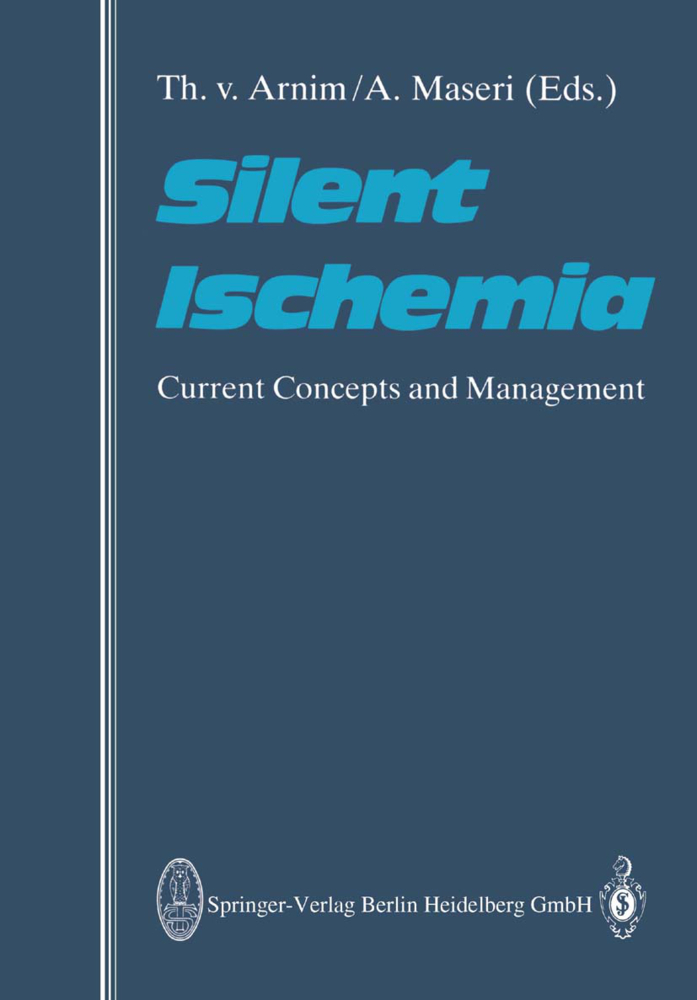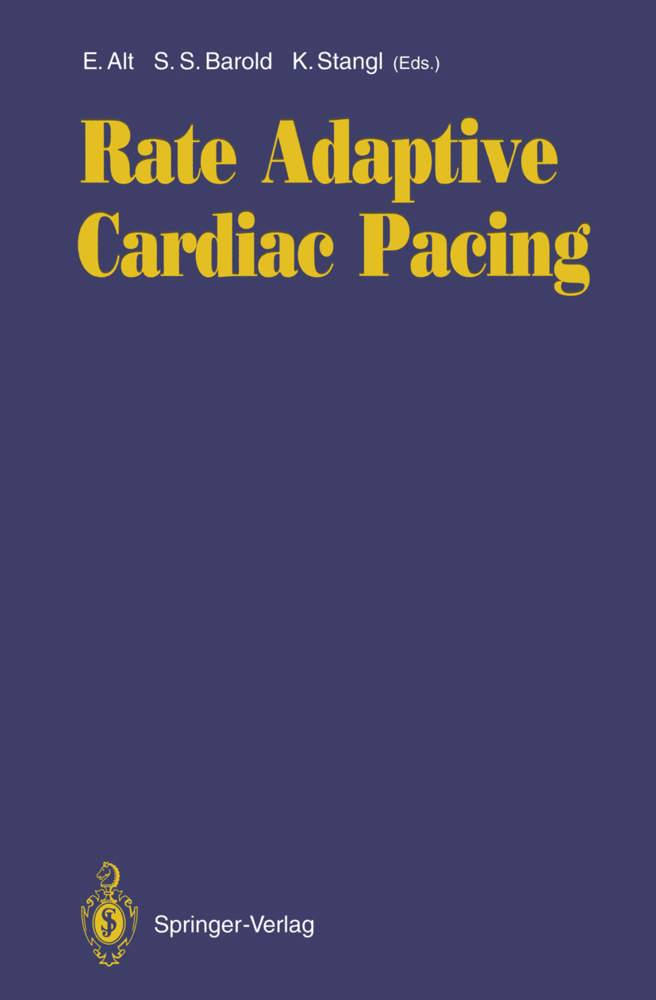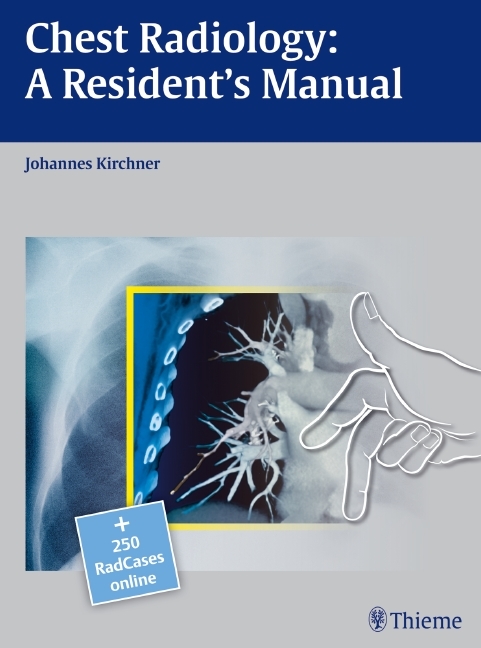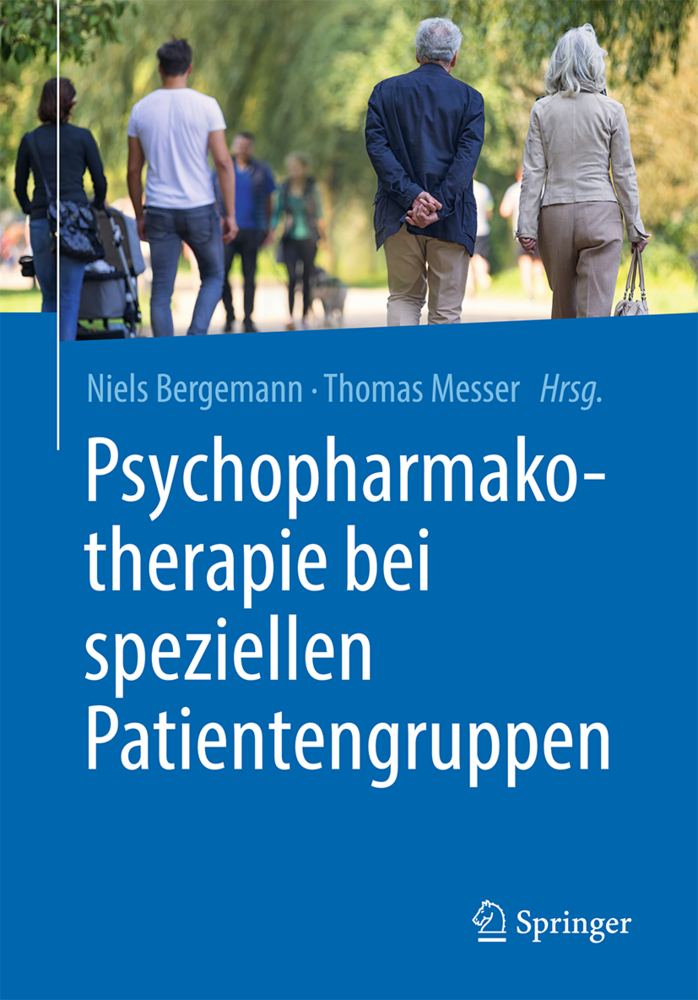Alterations of Excitation-Contraction Coupling in the Failing Human Heart
Alterations of Excitation-Contraction Coupling in the Failing Human Heart
Alteration of excitation-contraction coupling in the failing human heart was deemed an interesting subject for a dialogue between basic scientists and clinical researchers in continuation of previous Gargellen Conferences concerned with the function of the normal and failing human myocardium. In 1987 basic mechanisms and clinical implications of then new insights into cardiac energetics was followed by a comprehensive review of inotropic stimulation and myocardial energetics in 1989. Here, we undertook a re-evaluation of the principles of inotropic stimulation and of its potential therapeutic value, based on new observa tions from experiments with human myocardium. In 1992 the risk due to myocardial phenotype change as a consequence of adaptation in heart failure was published. Here, alterations of subcellular structures and functions as a consequence of chronic heart failure, summarized as phenotype change, could be described as an essential characteristic of the failing human myocardium. This topic was discussed in greater depth in the volume "Cellular and Molecular Alterations in the Failing Human Heart", considering both the sarcolemma and the phosphodiesterases, as well as excitation-contraction coupling and contractile proteins, extracellular matrix, and mitrochondrial function.
The relative phospholamban and SERCA2 ratio: a critical determinant of myocardial contractility
Phosphorylation and regulation of the Ca2+-pumping ATPase in cardiac sarcoplasmic reticulum by calcium/calmodulin-dependent protein kinase
Site-specific phosphorylation of a phospholamban peptide by cyclic nucleotide- and Ca2+/calmodulin-dependent protein kinases of cardiac sarcoplasmic reticulum
Sodium-calcium exchange: Recent advanves
Expression and function of the cardiac Na+/Ca2+ exchanger in postnatal development of the rat, in experimental-induced cardiac hypertrophy, and in the failing human heart
Plasma membrane calcium pump: structure, function, and relationships
Regulation of mRNA-expression of the sarcolemmal calmodulin- dependent calcium pump in cardiac hypertrophy
Molecular mechanisms regulating the myofilament response to Ca2+: Implications of mutations causal for familial hypertrophic cardiomyopathy
Ca2+-dependent and Ca2+-independent regulation of contractility in isolated human myocardium
Calcium handling proteins in the failing human heart
Role of c AMP in modulating relaxation kinetics and the force-frequency relation in mitral regurgitation heart failure
Contributions of Ca2+-influx via the L-type Ca2+-current and Ca2+-release from the sarcoplasmic reticulum to [Ca2+]i-transients in human myocytes
Molecular and cellular aspects of re-entrant arrhythmias.
Ca transport during contraction and relaxation in mammalian ventricular muscle
Sites of regulatory interaction between calcium ATPases and phospholambanThe relative phospholamban and SERCA2 ratio: a critical determinant of myocardial contractility
Phosphorylation and regulation of the Ca2+-pumping ATPase in cardiac sarcoplasmic reticulum by calcium/calmodulin-dependent protein kinase
Site-specific phosphorylation of a phospholamban peptide by cyclic nucleotide- and Ca2+/calmodulin-dependent protein kinases of cardiac sarcoplasmic reticulum
Sodium-calcium exchange: Recent advanves
Expression and function of the cardiac Na+/Ca2+ exchanger in postnatal development of the rat, in experimental-induced cardiac hypertrophy, and in the failing human heart
Plasma membrane calcium pump: structure, function, and relationships
Regulation of mRNA-expression of the sarcolemmal calmodulin- dependent calcium pump in cardiac hypertrophy
Molecular mechanisms regulating the myofilament response to Ca2+: Implications of mutations causal for familial hypertrophic cardiomyopathy
Ca2+-dependent and Ca2+-independent regulation of contractility in isolated human myocardium
Calcium handling proteins in the failing human heart
Role of c AMP in modulating relaxation kinetics and the force-frequency relation in mitral regurgitation heart failure
Contributions of Ca2+-influx via the L-type Ca2+-current and Ca2+-release from the sarcoplasmic reticulum to [Ca2+]i-transients in human myocytes
Molecular and cellular aspects of re-entrant arrhythmias.
| ISBN | 978-3-642-48672-2 |
|---|---|
| Artikelnummer | 9783642486722 |
| Medientyp | Buch |
| Auflage | Softcover reprint of the original 1st ed. 1998 |
| Copyrightjahr | 2012 |
| Verlag | Steinkopff |
| Umfang | X, 108 Seiten |
| Abbildungen | X, 108 p. 129 illus. |
| Sprache | Englisch |

